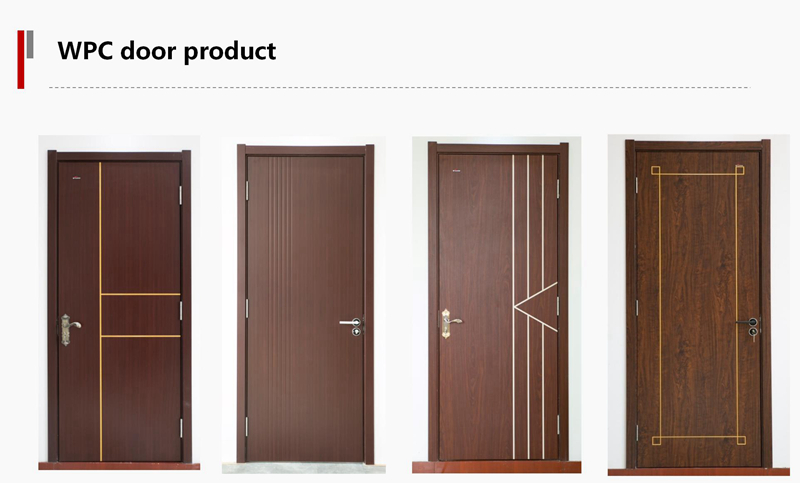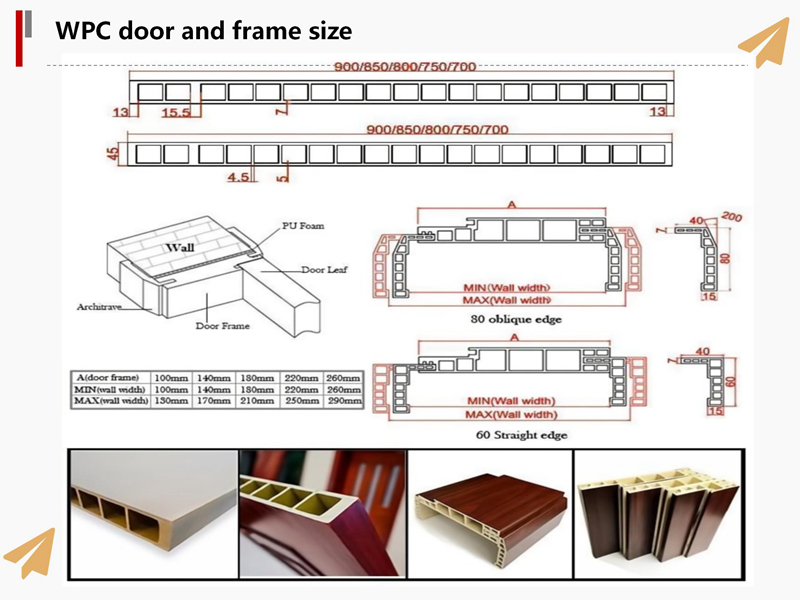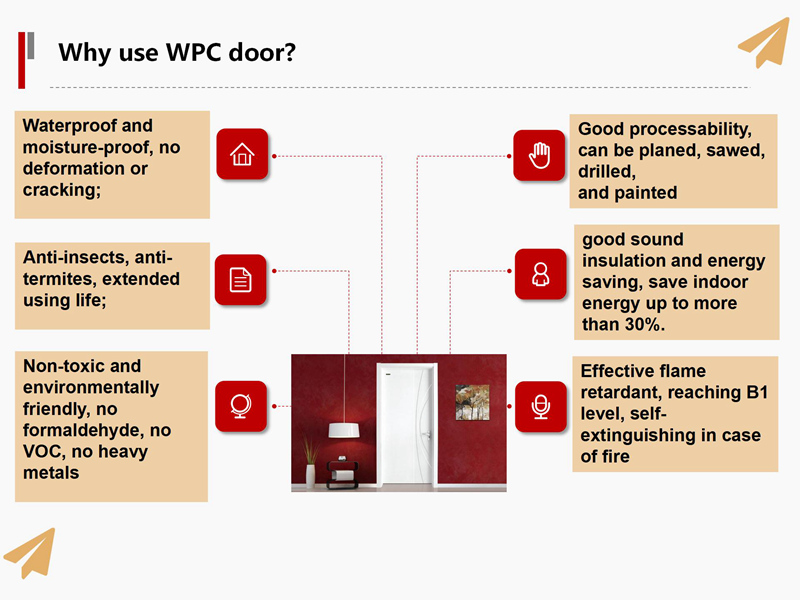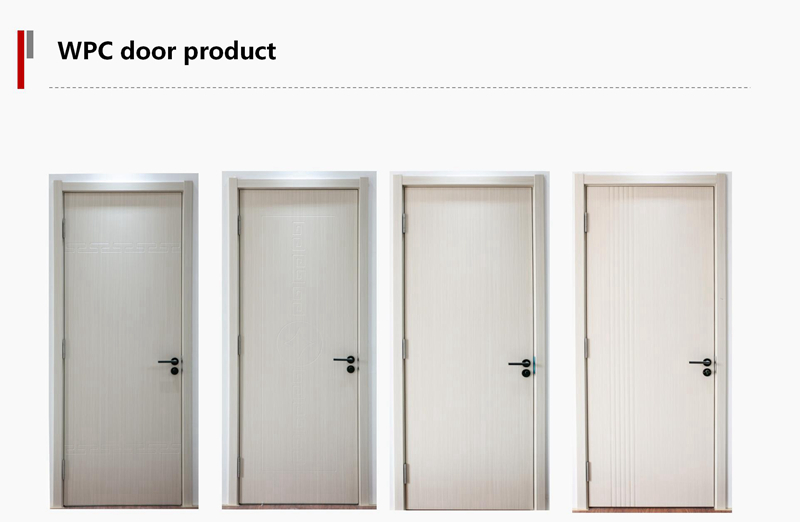Wood-plastic door is a new type of composite door that combines the advantages of wood and plastic. It uses high-tech means to fuse wood and plastic, which not only retains the natural texture and feel of wood, but also has the waterproof, moisture-proof, anti-corrosion and other properties of plastic. Therefore, wood-plastic doors have gradually become favored by the market in recent years.

The cost of wood plastic doors mainly includes the following aspects:
1. Raw material cost: The raw materials of wood-plastic doors mainly include wood and plastic. The prices of these two materials will directly affect the cost of wood-plastic doors. In addition, in order to improve the quality and performance of the door, some auxiliary materials or additives may be added.
2. Production costs: including equipment depreciation, worker wages, energy consumption, etc. These costs are inevitable during the production process and constitute an important part of the cost of wood-plastic doors.
3. Research and development costs: As a new product, wood-plastic doors require a large amount of technology and capital investment in the research and development process. Although this part of the cost is not obvious on a single door, it is of great significance to the continuous innovation and improvement of the entire production line.

Although from the perspective of cost structure, the raw material and production costs of wood-plastic doors may be slightly higher than traditional wooden doors, their unique performance advantages give them significant advantages in cost performance. Specifically:
1. Durability: Wood-plastic doors have excellent waterproof, moisture-proof, and anti-corrosion properties, and can resist erosion from the external environment, so they have a longer service life.
2. Environmental protection: Wood-plastic doors can reuse wood during the production process, reducing wood waste and complying with the concept of sustainable development.
3. Aesthetics: Wood-plastic doors retain the natural texture and touch of wood, and at the same time have a variety of color and shape choices, which can meet the aesthetic needs of different consumers.

To sum up, although the cost of wood-plastic doors may be slightly higher than traditional wooden doors, their excellent performance advantages and environmental protection give them obvious advantages in terms of cost performance. For consumers who pursue high-quality life, choosing wood-plastic doors is a practical and environmentally friendly choice.
